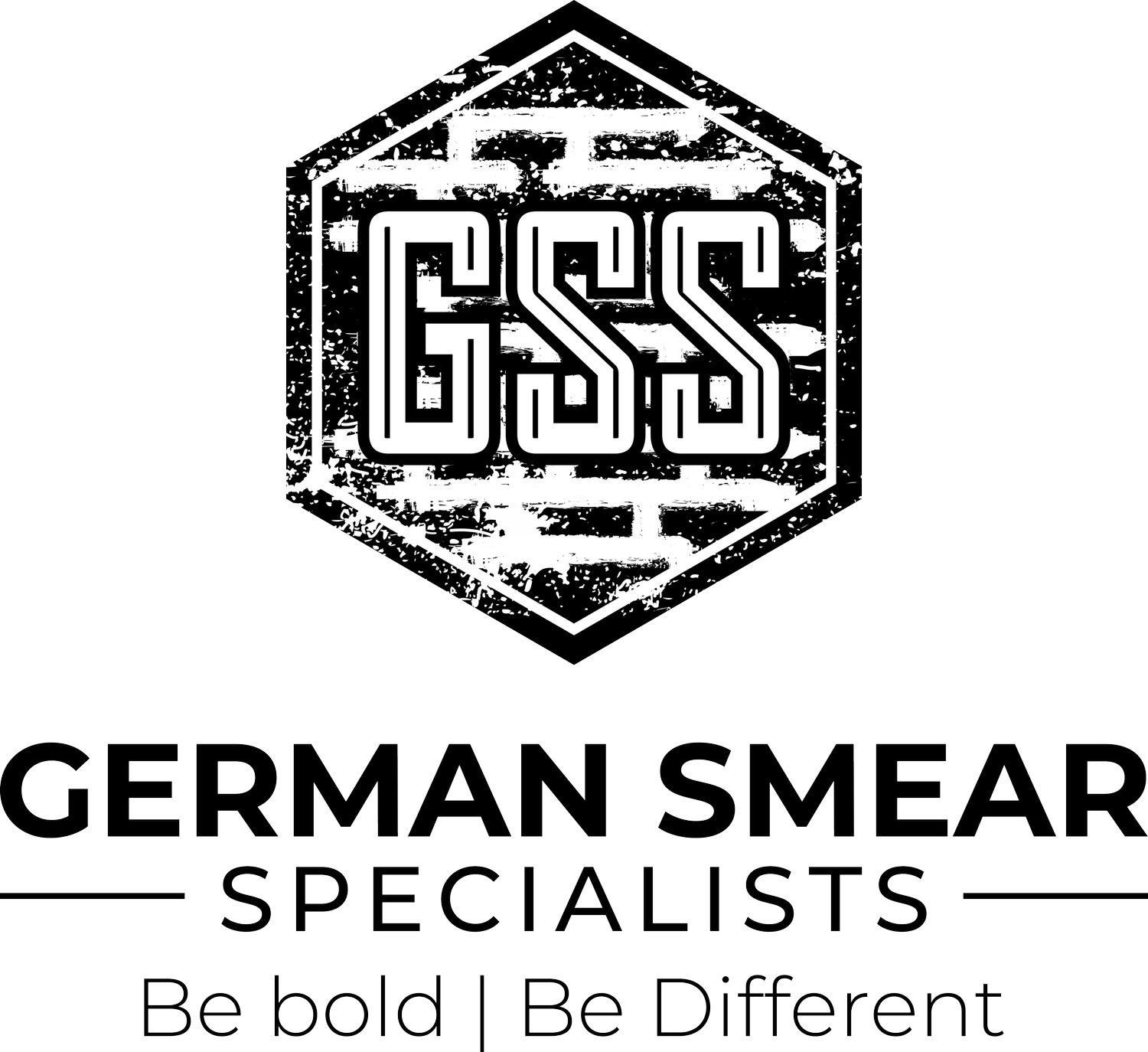Is German Smear HOA-Friendly?
If you're a homeowner looking to refresh your brick exterior, German smear—also known as German schmear—might have caught your eye. This technique involves applying a thin layer of mortar to bricks, creating a textured, aged look that echoes historic European architecture. The mortar is spread unevenly, allowing some brick to show through for a rustic, handcrafted appearance. For those living in neighborhoods governed by homeowners associations (HOAs), a key question arises: Is German smear HOA-friendly? Often, the answer is yes, but it depends on your community's specific rules. Below, we’ll explore why it’s frequently approved, share practical examples, offer tips for navigating the approval process, and debunk myths about cost and DIY feasibility.
Understanding German Smear and HOA Concerns
German smear is more than a cosmetic update; it’s a masonry enhancement that preserves the brick’s natural porosity and texture. Unlike painting, which seals the surface and can trap moisture, leading to issues like peeling or efflorescence, German smear uses breathable materials like lime-based mortar. This allows the brick to "breathe," reducing the risk of long-term damage. HOAs often enforce strict rules to maintain neighborhood uniformity and protect property values, frequently prohibiting irreversible changes like brick painting. German smear, however, is typically seen as a subtler improvement—more akin to maintenance than a drastic alteration.
Approval isn’t universal, though. Many HOAs categorize German smear as an "architectural modification," requiring submission to an Architectural Control Committee (ACC). For example, in Houston’s Westchester community, guidelines list German schmear alongside other exterior changes, like door replacements, that need prior approval. Its appeal lies in its minimal impact on the home’s color palette or structure, often fitting well with the neutral, earthy tones HOAs prefer.
Real-World Examples: Approvals and Hurdles
Homeowner experiences show German smear’s potential to gain HOA approval. A 2018 home tour blog (still relevant in 2025) described a homeowner securing HOA approval in just two weeks for a full exterior German smear, transforming a dated brick facade without resistance. However, some HOAs view it as a semi-permanent change, similar to painting, and may deny requests if their guidelines prioritize preserving the original brick. The technique’s relative reversibility—it can often be power-washed or chemically removed with less damage than paint—makes it more palatable to many boards.
Recent 2025 Texas legislation, like SB 711, requires HOAs to solicit Architectural Review Committee members more transparently, potentially simplifying approvals for projects like German smear starting September 2025. These examples highlight that while German smear is generally more HOA-friendly than painting, success depends on clear communication and alignment with community standards.
Why It’s a Strong Alternative to Painting
When HOAs reject painting due to its potential to damage brick through moisture retention, German smear stands out as a superior alternative. It offers durability and a unique, artisanal charm that weathers gracefully, unlike paint, which may peel or fade, requiring frequent touch-ups. Additionally, German smear’s use of natural, lime-based materials makes it eco-friendlier, reducing chemical runoff compared to traditional paints.
A common misconception is that German smear is significantly cheaper than painting. In reality, professional application costs can match or exceed painting due to labor and material expenses, especially for larger projects. While small indoor projects, like a fireplace, may be suitable for DIY enthusiasts, full exteriors require professional expertise to ensure even application and avoid costly errors.
Tips for Seeking HOA Approval
To improve your chances of approval:
Review HOA Guidelines: Study your community’s covenants to understand rules on brick treatments or exterior modifications.
Submit a Detailed Proposal: Provide before-and-after mockups, material details, and possibly a contractor’s quote to demonstrate the project’s quality and non-permanent nature.
Emphasize Benefits: Highlight how German smear preserves brick integrity, enhances curb appeal, and aligns with community aesthetics.
Stay Informed on Local Laws: In places like Texas, 2025 regulations may streamline the approval process.
If your request is denied, consider appealing or exploring similar techniques, like limewash, which some HOAs approve for its temporary nature.
Wrapping Up: A Viable Option for Regulated Neighborhoods
German smear is often HOA-friendly due to its breathable, reversible nature and alignment with neutral aesthetics, making it a compelling alternative to painting. However, always check your HOA’s specific guidelines before proceeding. By preparing a thorough proposal and emphasizing its benefits, you can achieve a timeless, custom look while staying compliant. German smear proves that impactful updates can coexist with community standards, offering a practical path to elevate your home’s exterior.
Sources
The Do’s and Don’ts of Painting Brick - Explains issues with painting brick and alternatives like German smear.
Architectural Guidelines - Westchester HOA - Lists German schmear as an exterior modification requiring approval.
German Smear Exterior Update - Details a homeowner’s successful HOA approval for German smear.
Brick Restoration - German Smear FAQ - Discusses HOA considerations and benefits of German smear.
Texas HOA Law Updates - Information on 2025 Texas legislation affecting HOA approvals.
New Texas HOA Laws for 2025 - Further details on SB 711 and its impact on architectural reviews.

